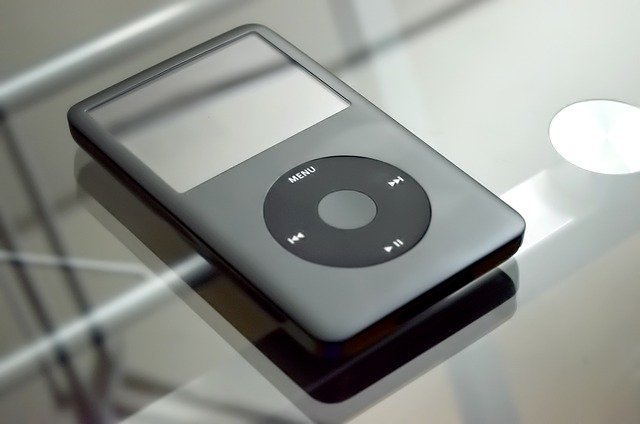The iPod is a digital MP3 / MP3 player, developed and marketed by American consumer electronics multinational Apple Inc. During their research, Apple found the cameras, digital cameras, and organizers; Digital music players reported poor sales primarily due to their dangerous user interfaces. Apple wanted to do something about it, and Apple's head of hardware engineering, John Rubinstein, put together a team of Tony Fadel (dreamers of a hard disk-based musician), Michael Dewey (hardware engineer), Jonathan Ivey (design engineer). And Stan N., Marketing Manager. In less than a year, they developed a 5 GB hard drive and a hard disk-based music player capable of storing 1000 songs.
Apple iTunes software is used to run the iPod (m3 / mp4 player). The software is compatible with all Mac systems. The operating system is stored on its hard disk. A boot loader program contains a NOR flash ROM chip (1 MB or 512 KB) that instructs the device to load the operating system from the hard drive. The iPod has 32 MB of RAM and part of it is used to hold the operating system firmware while the rest is used to cache songs on the hard disk. Apple invented a technology that could rotate the iPod's hard drive at one time and can hold up to 30 MB of upcoming songs. This did not require the rotation of the hard disk for each song, thus saving battery power. Apple later introduced a Windows version of the iPod.
iPod (mp3 / mp4 player) supported audio files are MP3, AAC / M4A, secure AAC, AIFF, WAV, audible audio books, and audio-free audio files formats. MIDI and WMA files can only be played after converting to a non-digital rights management (DRM) compiler. Ogg Vorbis, FLAC, and other open-source audio formats are not supported at all.
Apple needed a very user-friendly interface that used a minimal interface that contained only five essential buttons, namely menu (to access tasks and toggle background light); Center (for selecting menu items); Play/pause (this also serves as an off switch for a few seconds); Move forward / fast, And backward/fast reverse. An additional hold button is provided to prevent accidental button presses and can be reset if the iPod is frozen or broken. Volume control, scroll, etc., is done using the rotating click wheel. There are slight variations in the functionality of the later model buttons but the total number of buttons remains five.
They needed a good future name to market this mp3 / mp4 player, and they hired freelance writer Winnie Cheko and other writers to make a name for it. 2001: Inspired by the film A Space Odyssey and "Open the Pod Bay Door, Hal!" With the context of the Discovery One space ship and its white EVA pods, Vinnie Cheeko proposed the product name as the iPod. Apple's management accepted the proposed name and officially launched the iPod on October 23, 2001. The rest they say is history.
Apple opened the iTunes Store on April 29, 2003, allowing customers to access their favorite songs. There you can download individual songs for less than US $. Purchased songs can only be played on the iPod. Later versions of this iPod (mp3 / mp4 player) also included video capabilities, and the iTunes Store started selling short videos from October 12, 2005. From September 12, 2006, the full-time movie was also available on the iTunes Store.
The iPod has come a long way since its inception, and now the latest fifth-generation iPod multimedia capabilities are available in both Mac OS and Windows OS versions. Typically, if a new iPod is connected to a Mac OS computer, the hard drive of this MP3 / MP4 player is formatted according to the HFS + file format, and if it is connected to a Windows OS, it is formatted according to FAT32. File format. Since becoming a digital music player, the iPod has now transformed into a digital media player.
Translate
Menu Footer Widget
Crafted with by TemplatesYard | Distributed by Blogger



0 Comments